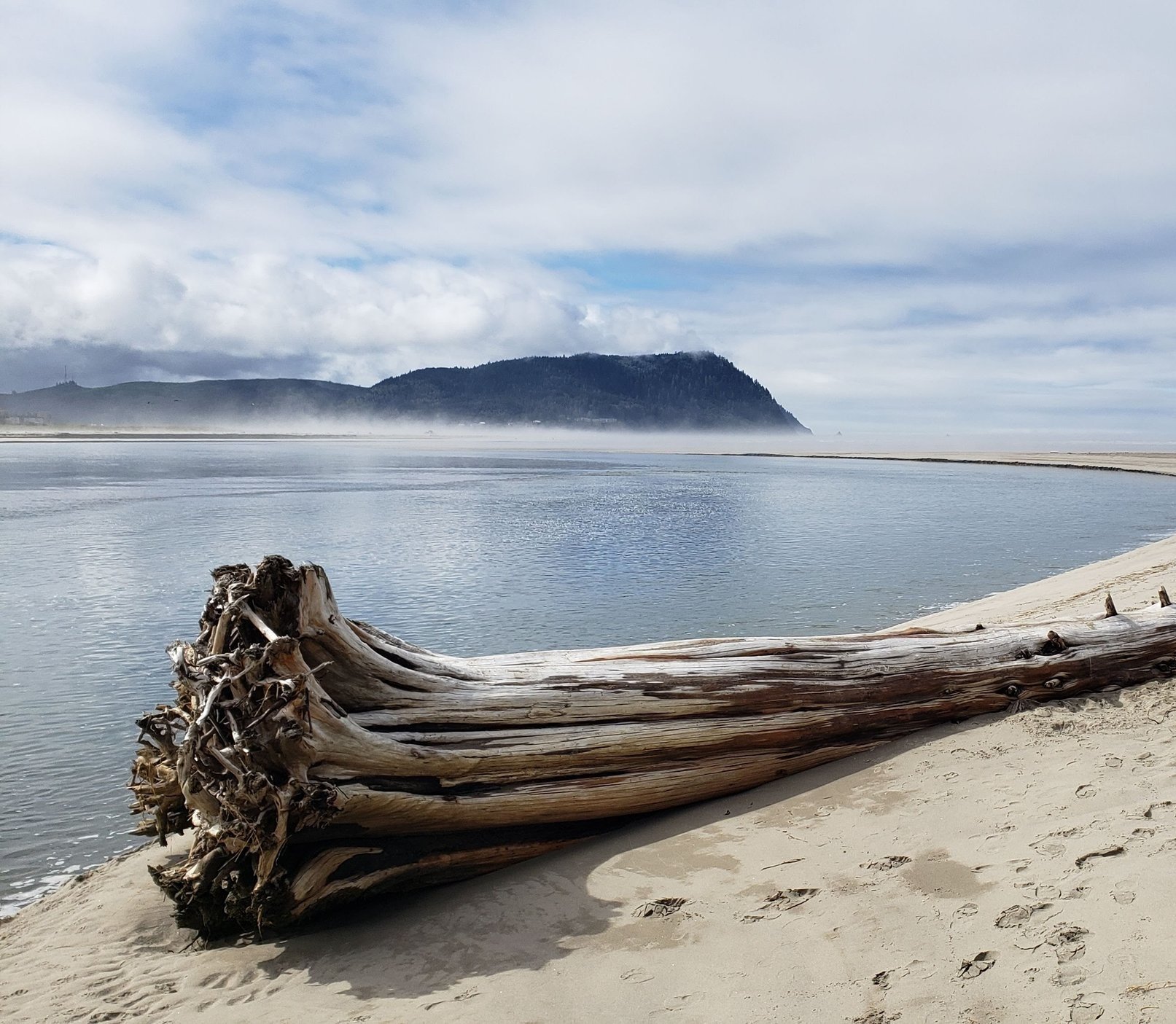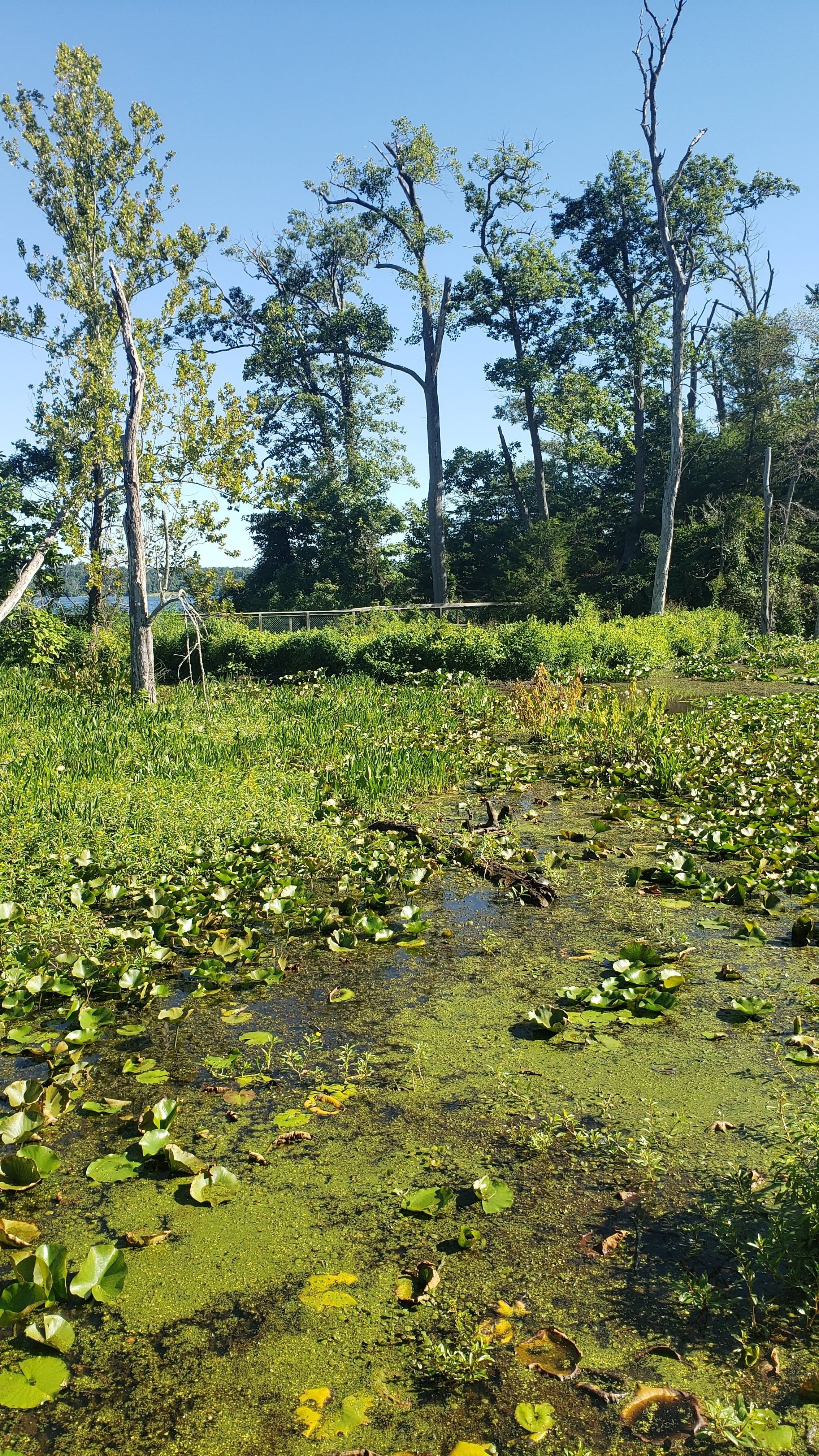The Clean Water Act turns 50
By Stephanie Vo, Senior Water Policy Associate
On October 18th, 1972, after the emergence of several stories about the environmental degradation of water bodies all over the United States, the Federal Water Pollution Control Act was amended to become what is commonly known today as the Clean Water Act (CWA). The CWA’s primary objective is “to restore and maintain the chemical, physical and biological integrity of the Nation’s waters” to protect public health and environmental integrity, and it has become one of the most important environmental laws in the U.S.
Looking back, the CWA has achieved significant milestones in improving water quality. The standards that the CWA implemented now prevents 700 billion pounds of toxic pollutants from being dumped into waterways. The U.S. population served by advanced wastewater treatment increased 16-fold from 1972 to 2012, and the percent of rivers safe for fishing increased by 12 percent from 1972 to 2001. And the rate of wetland loss has slowed over the last 50 years. Overall, the CWA has helped to protect water bodies and improve water quality in America.
Looking at the next 50
Yet, 50 years after its passing, there is still work to do. The CWA has not met its goals to completely eliminate pollution in waters of the U.S. or to ensure water bodies are fishable and swimmable–instead, many bodies of water are still impaired today. In 2012, the Environmental Protection Agency (EPA) estimated that wastewater treatment facilities need $271 billion over the next 20 years to meet the CWA’s water quality objectives, a figure that is likely an underestimate now and one that the recent influx of money from the Infrastructure Investments and Jobs Act does not fully cover.
“We were pleasantly surprised that the Supreme Court did not indicate wanting to completely dismantle wetland protections during their oral arguments of Sackett v. EPA on October 3rd. There is still risk, however, that they will re-interpret what exactly are 'Waters of the United States' and thus federally protected by the Clean Water Act. It's possible that intermittent streams would lose protections - which is a big deal.”
—Becca Madsen, Director Restoration Economy Center
Moreover, the CWA, like any law, is still changing. In its lifetime, it has seen several amendments and has been in and out of the Supreme Court–most recently the highest court heard oral arguments about the definition of “Waters of the United States” in the Sackett v. EPA case.
For the CWA to be effective over the next 50 years, it will need to adapt to modern issues and remain true to its roots of community action. In its implementation and at the grassroots, we should advocate for and collectively be:
Prioritizing underserved and disadvantaged communities. Federal assistance for water infrastructure often does not reach disadvantaged communities due to the technical complexity and time-consuming application process. Supporting place-based technical assistance, as well as developing a diverse and local workforce, will ensure that all communities, including the most vulnerable, can share in the economic, social, and environmental benefits that come with adequate water infrastructure and clean water.
Driving public participation and citizen action. Public participation is a core feature of the CWA, and should remain so. Citizen action and efforts at the grassroot level is what pushed Congress 50 years ago to pass legislation to regulate raw sewage and untreated industrial waste dumped into U.S. waterways. Public participation and engagement is a way to ensure communities have a voice and can tell their stories, as well as a way to center social equity and environmental justice.
Focusing on nonpoint source pollution using watershed approaches and nature-based solutions. When the CWA was enacted, point source pollution was a large portion of water quality impairments. Today, the primary source of water pollution comes from nonpoint sources caused by runoff from agricultural and residential areas. Yet, less than 5% of funds from the Clean Water State Revolving Fund–the primary program authorized under the CWA for funding and financing water infrastructure–are used to address nonpoint source pollution. Watershed approaches and nature-based solutions that can address nonpoint source pollution have become a focus area under the CWA over the last 50 years, but need to be heavily prioritized moving forward.
“Watershed Partnerships, where cities and rural communities partner for water protection in the same watershed, are a great way to not only bring extra funding and expertise, but a way to break down social and political barriers. We’ve found that once you get folks focused on problems in their area, and ask for their help, you can make some surprising partners and new opportunities emerge. It is a reorientation of how we think about our community, and it relies on natural resources and systems as the solution.”
—Bartlett Durand, Director Water Quality Partnerships
Incorporating modern problems and new data. Climate change is causing major droughts as well as extreme floods. While these water quantity events are often thought of separately from water quality, they are clearly intertwined. Droughts decrease stream flow and increase pollution concentrations, and flooding can cause sewer backups and carry harmful contaminants. Moreover, these extreme events are becoming more frequent, and our technological solutions no longer address them accurately. America’s water infrastructure was built using old flood data and storm probabilities that have since changed. Taking into consideration the modern challenges of both water quality and quantity, as well as building in new data standards for technological solutions, will help the CWA address climate change.
Connecting the fight for water to other justice issues. Clean water is essential to life, and it is intertwined with other areas of our lives. Clean water has intersections with housing and development; it has implications on immigration and migration; and it can often get tied up in politics leading to inequitable burdens on those in poverty. Realizing the intersectionality of water will be critical in keeping the CWA relevant and impactful in the future.
Today is a historic milestone for the CWA. It has contributed to immense progress for America’s waterways over the last 50 years. And we have the opportunity to continue and improve upon that progress to ensure that our waters are protected and that the CWA remains just as and more effective for the next generation.
Related Resources
WOTUS in SCOTUS Blogs: defending CWA-protected streams
Green Infrastructure & Houselessness Blogs: looking at the overlooked nexus of housing and stormwater
Funding Navigator: connecting communities to federal funding and technical assistance for water infrastructure
Water Quality Partnerships: forging municipal-agricultural watershed partnerships
A Fairer Funding Stream report: reforming the CWSRF
Water in our lives - Photos of EPIC staff’s favorite waterways













